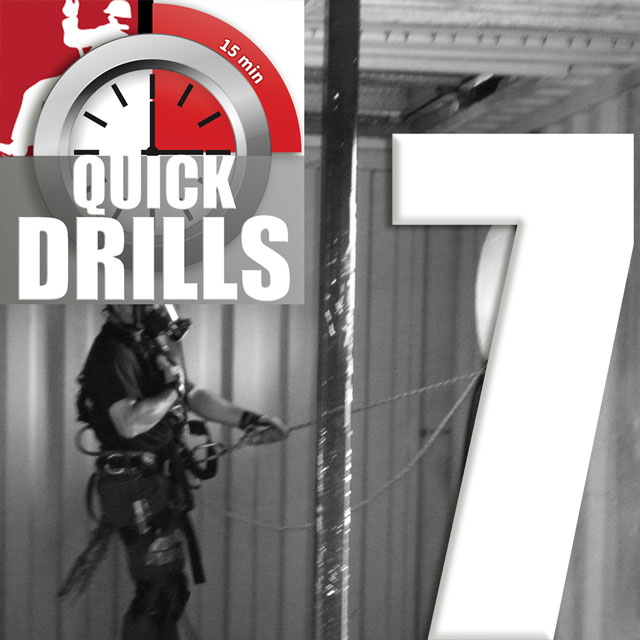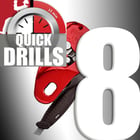 St. George Fire Department Assistant Fire Chief Chad Roberson has been accepted into the third year of the Fire Service Executive Development Institute, the International Association of Fire Chiefs announced.
St. George Fire Department Assistant Fire Chief Chad Roberson has been accepted into the third year of the Fire Service Executive Development Institute, the International Association of Fire Chiefs announced.
Roberson competed with new fire chiefs and chief officers from across the country to become a member of the 2015 program. Roberson also has been awarded a scholarship to cover the expenses for attending the program, a news release from the St. George Fire Department said.
The Fire Service Executive Development Institute is a yearlong leadership development program created and implemented by the IAFC to provide new and aspiring fire chiefs with the tools needed to have successful and productive tenures, the release said.
The institute will meet in May for its first six-day session, in addition to two other sessions six months apart. The group will communicate between sessions using an online community.
Roberson has 27 years of experience and rose through the ranks of the St. George Fire Department.
He holds an associate degree in fire science, a bachelor’s degree in history and a master’s degree. He also has completed the National Fire Academy’s Executive Fire Officer Program and, in 2011, was awarded professional accreditation as a certified fire officer, the release said.
In addition to being assistant fire chief, Roberson serves as the technical rescue coordinator for the department.
He is a member of the International Association of Fire Chiefs and serves on its Emergency Management Committee. In addition, Roberson is an executive board member of the Louisiana Fire Chiefs Association, the Louisiana Fire Chiefs Foundation and the Louisiana Municipal Association. He served for six years as an executive board member of the States Urban Search & Rescue Alliance.
Roberson is married and the father of two elementary school-aged sons. He is a volunteer coach at his sons’ school, St. Jude, and the YMCA. He is also a member of the St. Jude Catholic Church Men’s Club and a member of the St. Jude Church Fair Core Committee.
The Motorola Solutions Foundation has provided the IAFC with a grant to fund the program.
Story from The Advocate
Photo provided by Eldon Ledoux -- The International Association of Fire Chiefs announced that Assistant Fire Chief Chad Roberson, of the St. George Fire Department, has been accepted into the third year of the Fire Service Executive Development Institute.


 The National Volunteer Fire Council has released six new videos on the proper use and maintenance of personal protective equipment for firefighters.
The National Volunteer Fire Council has released six new videos on the proper use and maintenance of personal protective equipment for firefighters.  Just a couple of weeks ago at a meeting in Florida, the final public comment revisions were made to NFPA’s new Confined Space Guide (NFPA 350). The document now goes before the NFPA Board for final approval. If all goes well, the new standard may be available next year.
Just a couple of weeks ago at a meeting in Florida, the final public comment revisions were made to NFPA’s new Confined Space Guide (NFPA 350). The document now goes before the NFPA Board for final approval. If all goes well, the new standard may be available next year.  Maintaining proficiency when building rescue systems requires skills and experience – that’s why regular practice is critical!
Maintaining proficiency when building rescue systems requires skills and experience – that’s why regular practice is critical! 



